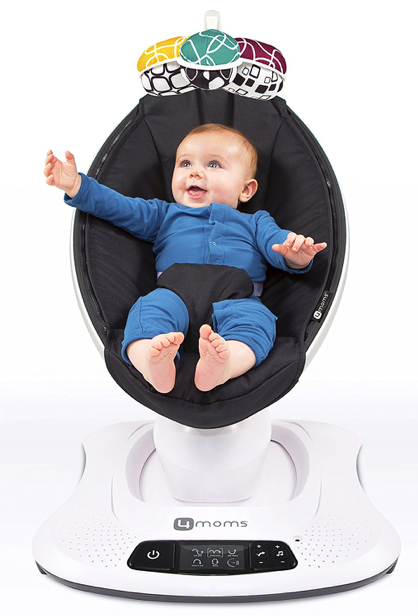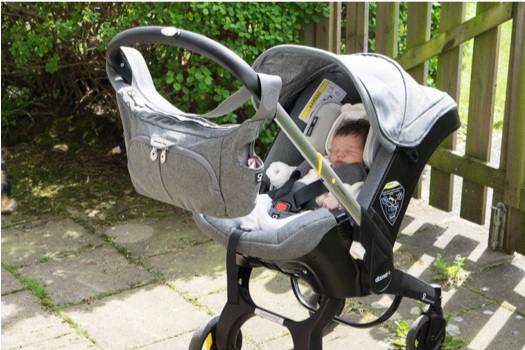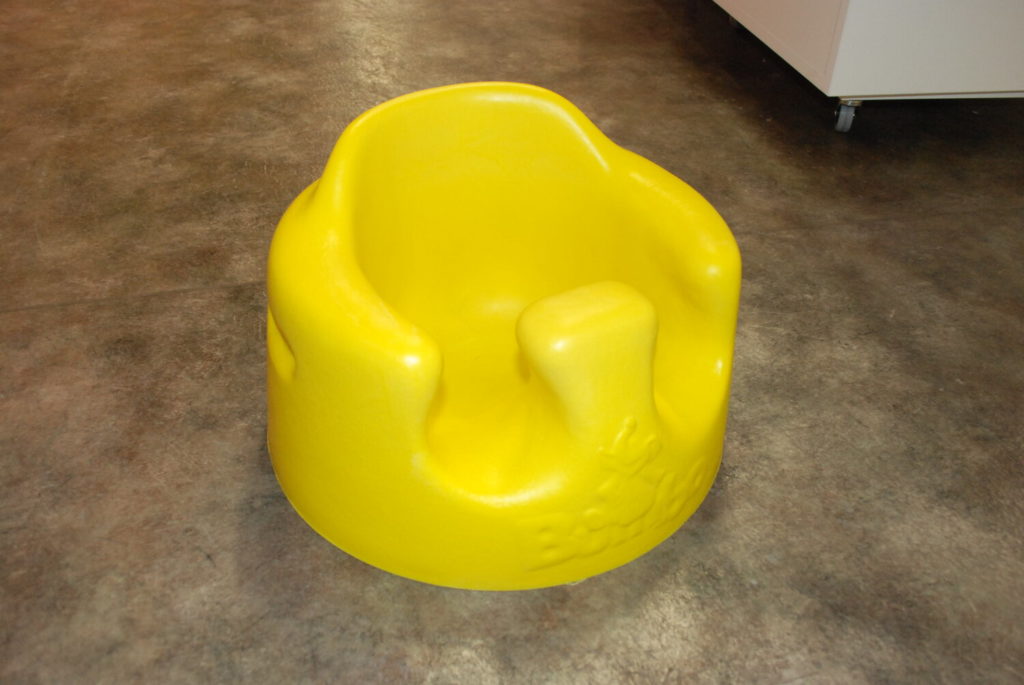Containers baby syndrome (CBS) is a relatively new term developed by child specialists, referring to a collection of movement, behavioral, and other issues caused by a baby or infant spending too much time in a common ‘container’ used in the child’s daily life. Examples include car seats, strollers, Bumbo seats, vibrating chairs, baby sitters, baby rockers, nursing pillows, sleep sacks, standing supports, or baby walkers. Although these items provide comfort, give parents time to attend to siblings or other tasks, and to some extent entertain the child, they hinder the child’s ability to explore their surroundings. The inability to explore the environment directly impacts the child’s motor skills, language, cognitive development, and can cause structural deformities. The good news is that container baby syndrome can be prevented 100 percent!
These items can make parents believe that they create safety, simplicity, and a contented child – and that something is wrong if the child is sad or protests against having to exert effort with their body. There is a lack of knowledge and information about the fact that the frustration a child may show is the very drive and signal for learning – and that parents need to understand that they should have high expectations for the child’s ability to learn to control their body. Instead of thinking something is wrong, the parent needs to encourage and stimulate the child towards ACTIVITY and DEVELOPING IN TUMMY TIME. Many parents are content with the child sitting up, claiming that the child is comfortable and does not want to lie on their stomach. It is important to understand that sitting requires significantly fewer of the foundational skills developed in crawling. Crawling is more demanding than walking and develops strength, mobility, and balance skills that the child needs. It should be easy for the child to lift their body against gravity and move around while crawling. When a child learns to move around, they often become happier and start exploring their surroundings.



Consequences of CBS
- Allows little or no activity in the body – neck, spine, and extremities.
- Plagiocepahly, facial asymmetry, postural torticollis
- Weakened motor skills, strength, and coordination development.
- Speech, vision, hearing, and cognitive difficulties.
- Attention deficit and hyperactivity disorder (ADHD).
- Increased weight/obesity.
- Impact on the structure and function of the brain.
- Discontented children.
Diagnosis and examples of symptoms in CBS.
- Asymmetries in skull shape and difficulties turning the head to one side – immediate contact with a physiotherapist.
- Delayed motor development.
- Vision and hearing problems.
- Delayed cognitive development.
Physical therapy treatment.
- Positioning for skull and facial asymmetry.
- Muscle/strength development.
- Range of motion in the head and the entire body, extremities.
- Tummy time exercises.
- Transition between positions, rolling, crawling, sitting.
- Eye movements, eye motor skills.
- Parent education.
- Commenced before 3 months of age, can also improve muscle strength and well-being later on.
Prevention of CBS
- Limit time in the ‘container’ – only for the duration when the child is being transported in a car seat or stroller.
- Increase time in tummy time – start from day 1, at least 3 hours per day.
- Carry the child in your arms during periods of the day instead of placing them in devices.
- Allow your child to play freely in a playpen.
- Let the child play freely and often on the floor on a blanket.
To learn more about Container Baby Syndrome and access scientific references, you can follow the link to the American Physical Therapy Association’s website orread an article that follows up at 3 years of age, or find more references to read here.